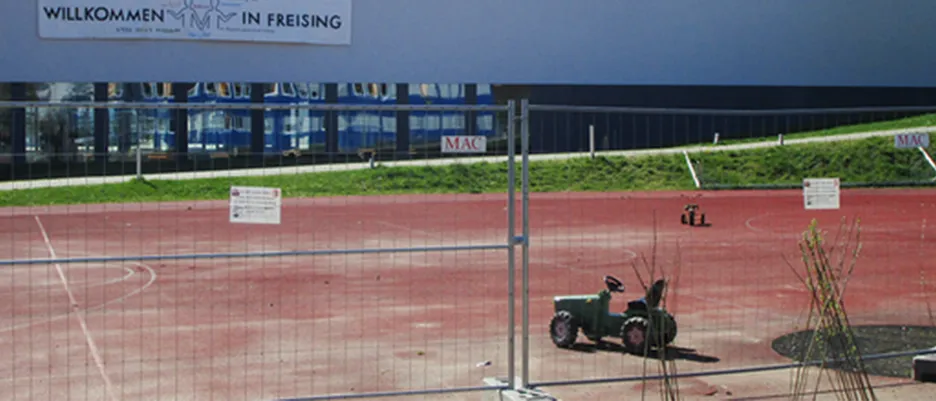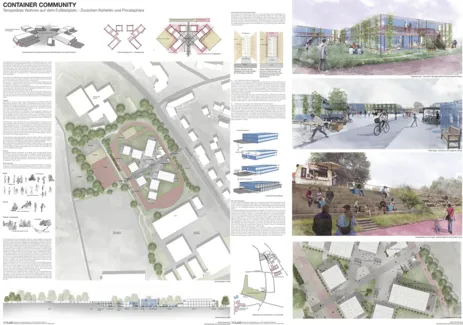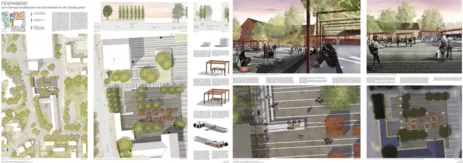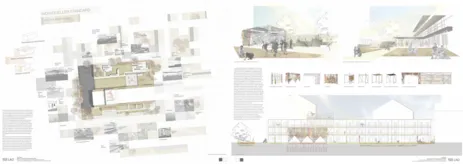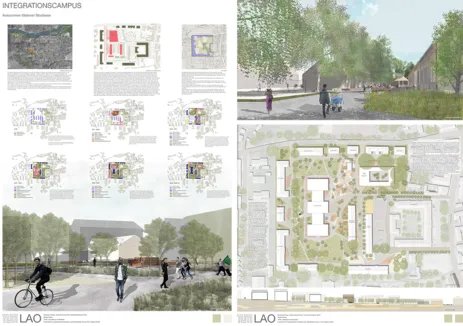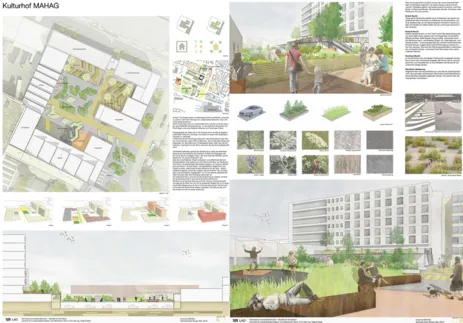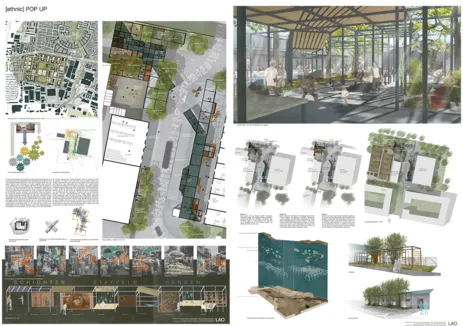City without a Name
Open Spaces of Refugee Accommodations
Bachelor's Thesis B.Sc. Landscape Architecture and Planning
Topic
"Every society depends on a specific architecture for its political constitution. ..." (Delitz, H. 2009)
If we follow this assertion, the discussion in the architectural debate, which gives a specific answer to the large influx of immigrants - which our cities in Northern Europe are currently experiencing - is "brand" current. In forums, blogs, seminars and workshops, we discuss what "housing for all" should look like, who should design it and how it should be generated. In the process, one question always comes up short: What does free space for all look like? How do you design the in-between?
In order to accommodate "refugee flows" appropriately, four housing strategies are currently discernible in Germany:
1. containers, tents and airdomes as arrival situation
2. reprogramming of unused halls as interim housing
3. conversion of barracks buildings into transitional housing
4. new construction of inexpensive and quickly erectable housing in cities and communities.
In all these variants, little attention is paid to the residents' stay in the open air, as well as their activity there - be it due to time or cost reasons. Many administrations do not see the need for the creation of temporary open spaces, while for permanent facilities the main focus is on housing. Many of the arguments put forward may be understandable, but the situation seems to have taken us by surprise.
However, if you look at the average length of stay of refugees in the respective emergency shelters, you quickly realize that people are forced to wait and fill out forms there, in addition to eating and sleeping. No occupation, no stimulation, hardly any places for meeting without the pressing confinement. Places without identity, cities without names.
It is time to think differently about the exteriors of these places. For those arriving and those staying, these places must also represent open spaces for meeting, for playing and doing sports together, for gardening and cooking, or simply for pleasantly lingering.
Just as containers and tents are spatial equivalents of a temporary form of housing, specific open space elements must be developed that meet the same requirements.
Task
In the project, the basics on urban planning, landscape architecture and socio-political levels are researched and documented in intensively supervised group work. The presentation of case studies is desired and will be analyzed in their respective methodological approach. It is also necessary to investigate which neighboring disciplines can cooperate in the processes (sociology, politics, culture, engineering...).
In the thesis, a concrete case study (Munich, Freising, surrounding area) will be used to address the aforementioned question. In the thesis solutions are developed in the urban scale 1:500/1:200 as well as on the object level in the scale 1:100/1:50/1:10. The development process of the concept for a specific open space will be considered as well as the implementation and possible further development, e.g. by the users. At the end of the thesis there will be a critical reflection of the experiences in the research as well as a discussion of the own procedure.
